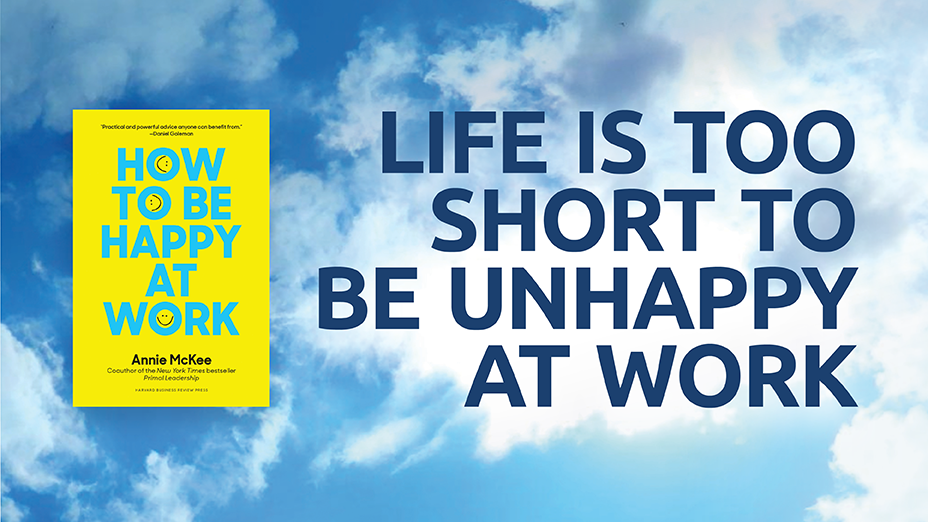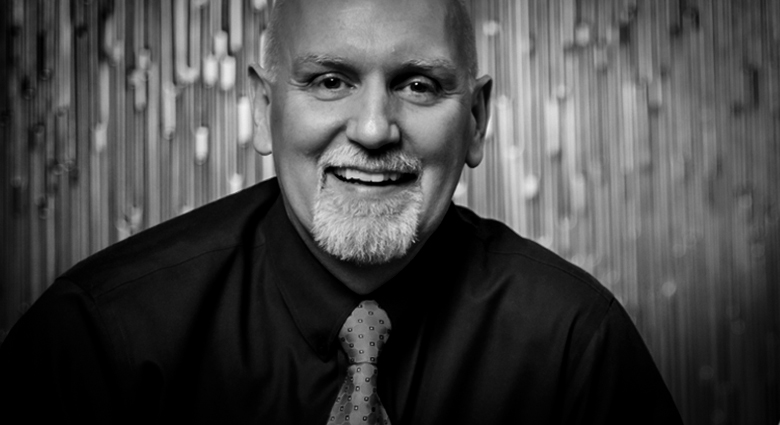A few years ago we were asked to conduct a workshop at Crothall Healthcare. With thirty thousand employees, this is one of the largest and fastest-growing companies you’ve probably never heard of. They clean hospitals and transport patients. It’s not exactly sexy stuff, but every five years Crothall doubles in size. At less than twenty years old, they have annual revenues in excess of a billion dollars.
We were halfway through our presentation to the senior leadership team, when the chief executive officer, Bobby Kutteh, made a mad dash for the door. CEOs are, after all, in demand. But less than thirty seconds elapsed before he returned, reached up to the stage, and handed us bottles of water. We’ve been doing this for a long time. Let us count for you the number of times this has happened before . . . zero.
"The secret to moving forward is in getting your working population to differentiate you."
We appreciated the gesture and it made us think well of Kutteh, but the moment was bigger than that. The act was utterly symbolic of the kind of overall corporate culture that this CEO has created. This very successful hospital cleaning company is a humble, sincere, service-oriented environment—and that culture is reaping big returns.
Kutteh has learned that if his culture works, then everything else works better.
But the fact is there is still nowhere near enough emphasis on culture. And yet as counterintuitive as it may sound to some, the thing that can transform your company and help you achieve real results is rarely what you sell or how you package or promote it. You all look pretty similar to us consumers. Unless you’ve just invented the iPod of your industry, it’s likely that your competitors offer, more or less, the same things you do at about the same prices. The secret of moving a business forward is in getting your working population to differentiate you.
It’s culture that enables transformation, plain and simple.
Stephen Sadove, chairman and CEO of department store giant Saks Incorporated, said it’s culture that drives “whatever you are trying to accomplish within a company—innovation, execution, whatever it’s going to be. And that then drives results.”
And yet if you’ve worked in enough jobs, you’ll know that cultures can vary dramatically. There are workplaces of outright dysfunction, of contention, of coasting, and even of backstabbing. We could go on, of course, describing the varieties. But the point is this, in the most profitable, productive, enduring cultures, people lock into a vision with conviction. They maintain excitement not out of fear but out of passion. They are cultures where people believe.
And who has the biggest impact on a team or organizational culture? You. The manager.
This is backed up by research by Towers Watson, which allowed us in our most recent book All In to publish the results of a major new study that showed the way the most profitable companies work—on the inside. From its global database collected during 2009 and 2010, Towers Watson identified 25 companies with 303,000 employees that enjoyed high-performance business results—organizations that outperformed their competitors in financial measures by as much as two and three times.
The core finding was that in the highest-performing cultures, leaders not only create high levels of engagement —manifest in strong employee attachment to the company and a willingness to give extra effort—but they also create environments that support productivity and performance, in which employees feel enabled . And finally, they help employees feel a greater sense of well-being and drive at work; in other words people feel energized .
This triumvirate of engaged, enabled, and energized—was found in every highly profitable culture studied. It’s a unique combination that can boost any company, division, or small team to new heights.
I do what?
When we share that finding, a lot of heads are nodding. Most managers understand the importance of such a positive culture. The problem is, few have any notion of how to create such an environment in their team—or even how to put into words what they are looking for. As we asked managers about their specific team cultures, we were often told that they have a strong one, but that it’s hard to define. Sorry for being blunt, but that’s rubbish. If it’s so excruciatingly hard to describe your culture, then you don’t have a great one. Culture isn’t invisible, indefinable. When you walk into a great culture, it smacks you in the face with its concreteness. We’ve all experienced this firsthand. There is a tangible feeling about spending time in an Apple store where employees are truly enabled to meet your needs, or phoning Zappos and sharing a laugh with an energized customer service agent, or having a cup of coffee at a really hip Starbucks. It is an atmosphere that engulfs you immediately and lingers with you after you leave.
It takes a concerted effort to transform a culture to achieve these kinds of results. The process requires you take time away from your clients, from your deliverables. It forces you to become a coach and no longer a player. But the results are exponential as you learn to harness the full power of all the people in your care.
We found just such a success story in Fort Lauderdale, where Doria Camaraza is the senior vice president and general manager of the American Express World Service Center. This is a three-thousand-person call center, and the work is not easy. Customers who call are often upset. Perhaps they want to dispute charges or don’t qualify for a credit increase. Yet despite the often-demanding atmosphere, Camaraza and her fellow senior managers have transformed the culture and found a way to get just about all of these people to believe in what they are trying to accomplish. In fact, we might argue that she and her team are the best bunch of leaders of believers you’ve never heard of.
Here’s some proof: Around the United States, employee turnover in call centers averages about 50 percent annually. That means if you answer phones for a living, about half your coworkers will leave before another year passes. Not here. Turnover in Fort Lauderdale is in the single digits annually, which is less than one-fifth the national average.
But there’s more: Productivity measures are tops in the call center industry.
Six years ago, when Camaraza took over, the call center was good. Today it’s great—helping American Express earn an unprecedented five consecutive years of J. D. Power & Associates awards for highest customer satisfaction among credit card companies. Very impressive.
Camaraza has come to understand that being a manager doesn’t mean knowing products and services, it means knowing your people. “I don’t have much business being in this role. I don’t have the right technical background. But the role of a manager isn’t about being technically proficient. It’s about people.”
This American Express call center is a case study in transforming a culture, with managers who are benefiting from the three Es in action. They have achieved world-class levels of efficiency, profitability, and customer satisfaction because their employees are:
"If it's so excruciatingly hard to describe your culture, then you don't have a great one."
Engaged: Each person understands how their work benefits the larger organization and has a clear understanding of how they are responsible and accountable for real results. And they can see the value of their contributions to the company’s larger mission.
Enabled:The company supports employees with the right tools and training, and leaders spend 75 percent of their time coaching and walking the floor to ensure that workers can navigate the demands of their jobs.
Energized:Leaders at this facility maintain feelings of well-being and high levels of energy through daily productivity contests, helping employees balance work and home life, and recognizing individual contributions in creative non-monetary ways.
Camaraza and her leadership team have faced difficulties—including the worst financial meltdown in our lifetime—and yet they engender the highest levels of loyalty and commitment we have seen in a call center. These leaders show us that transformation can and does occur when the right leaders make the culture work.




.png)




What Did You Think?